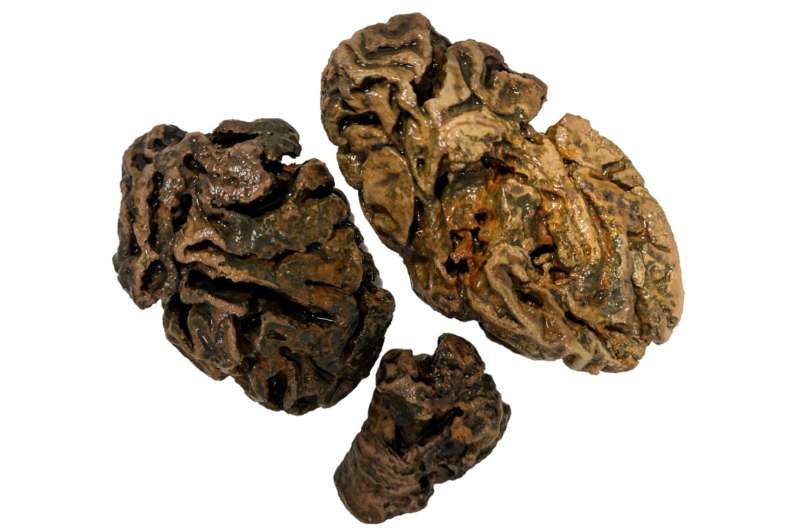The study of ancient human remains has long fascinated archaeologists and scientists alike, offering glimpses into the lives and cultures of our ancestors. Among these remains, the preservation of soft tissues such as organs is relatively rare, with the brain, in particular, considered an exceptionally elusive find. However, a groundbreaking study conducted by researchers at the University of Oxford has challenged this notion, revealing a vast archive of preserved human brains spanning thousands of years and continents. This discovery not only sheds new light on the preservation of soft tissue but also holds immense potential for unraveling the mysteries of ancient health, disease, and human evolution.
The Rarity of Brain Preservation: Traditionally, the preservation of soft tissues in the archaeological record has been regarded as exceedingly rare. While bones and teeth often withstand the test of time, organs like the brain typically decompose rapidly after death. Thus, the spontaneous preservation of brain tissue, especially in the absence of other soft tissues, was considered a remarkable anomaly—a ‘one-of-a-kind’ phenomenon. However, the findings of the University of Oxford study challenge this long-held belief, suggesting that preserved human brains may be more common than previously thought.
Compilation of a Global Archive: Led by postgraduate researcher Alexandra Morton-Hayward, the research team embarked on a comprehensive effort to compile a global archive of preserved human brains. Drawing upon sources in more than ten languages, the archive encompassed records of over 4,000 brains from various archaeological sites across six continents. These brains, some dating back over 12,000 years, were discovered in diverse environments, ranging from the Arctic to arid deserts, and were associated with individuals from different cultures and time periods.
Insights from Environmental Analysis: Analyzing historic climate data alongside the archaeological findings revealed intriguing patterns in the environmental conditions conducive to brain preservation. Various mechanisms, including dehydration, freezing, saponification, and tanning, were identified as contributing factors to the preservation of soft tissues. Moreover, the oldest brains in the archive, dating back to the last Ice Age, presented unique challenges and opportunities for understanding the mechanisms of long-term preservation.
Mechanisms of Preservation: While the exact mechanisms underlying the preservation of ancient brains remain a subject of ongoing research, the study proposed several potential explanations. Molecular crosslinking and metal complexation, wherein proteins and lipids interact with elements like iron or copper, are hypothesized to play crucial roles in preventing decay and facilitating long-term preservation. These mechanisms offer insights into the remarkable resilience of nervous tissues over millennia.
Implications for Research and Discovery: The discovery of a vast archive of preserved human brains represents a significant opportunity for scientific inquiry and discovery. These ancient tissues, largely untapped for their biomolecular content, offer a wealth of information about ancient health, diseases, and the evolution of human cognition and behavior. By unlocking the secrets preserved within these brains, researchers hope to gain new insights into our shared history and the mysteries of the human past.
The University of Oxford study challenges conventional wisdom regarding the rarity of brain preservation in the archaeological record, revealing a global archive of preserved human brains spanning thousands of years and continents. This groundbreaking discovery opens new avenues for research into ancient health, diseases, and human evolution, offering unprecedented insights into the lives of our ancestors. As scientists continue to explore this untapped resource, we can anticipate further revelations that will enrich our understanding of the human journey through time.
